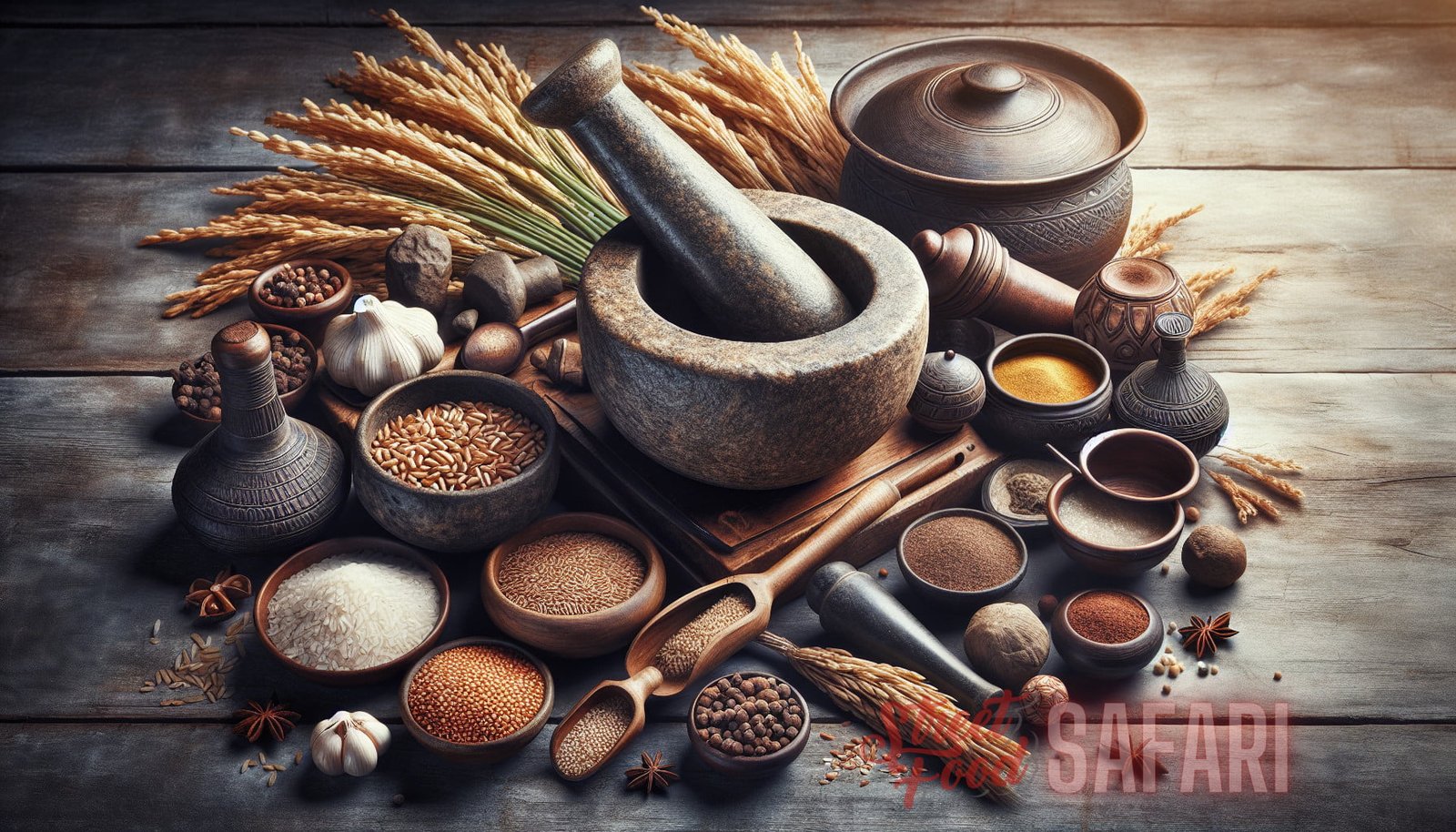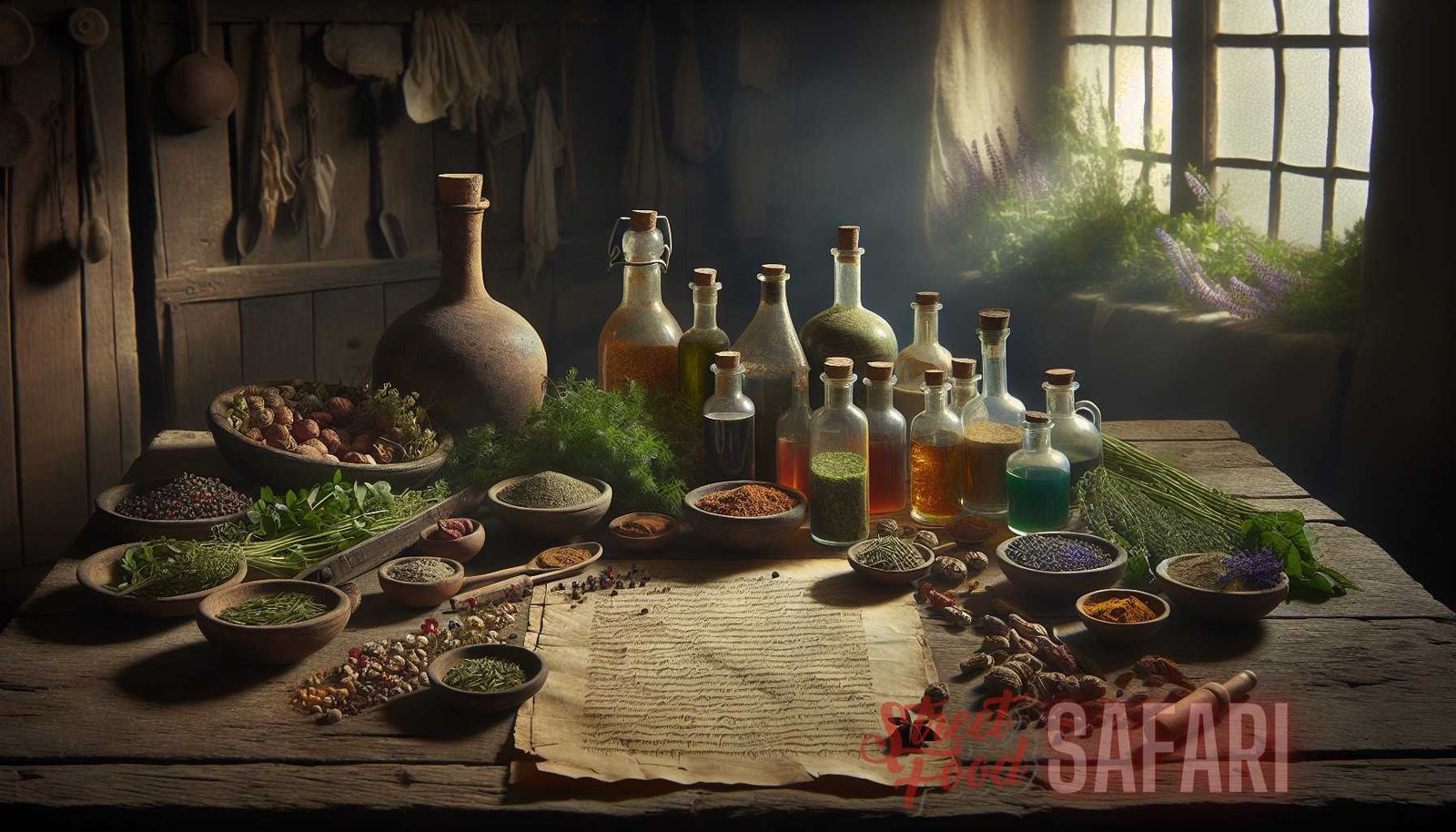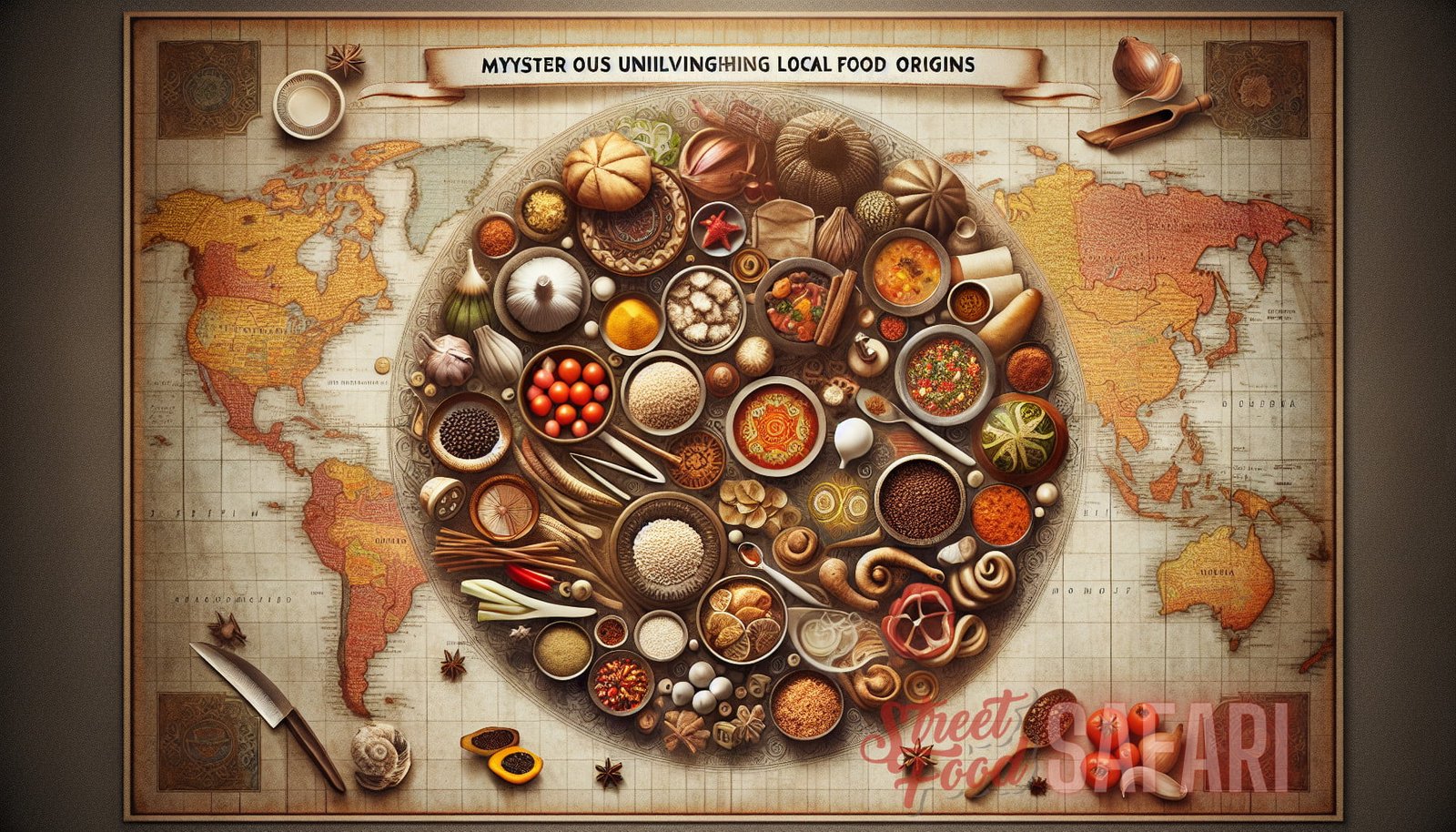Ancient Delights: Unraveling the Ancient Culinary Traditions Embedded in Global Delicacies
A trip around the world is an opportunity to explore diverse cultures, history, and flavors. Gastronomy plays a crucial role in understanding the heritage and traditions of a country. The culinary practices of different regions reveal a fascinating tapestry of ancient delights. These ancient culinary traditions have withstood the test of time, passing down recipes and techniques through generations. In this article, we embark on a culinary journey, exploring the ancient gastronomic legacies embedded in global delicacies.
The Wonders of Local Delicacies
Local delicacies are the soul of a country’s culinary culture. They are the quintessential representation of a region’s history, geography, climate, and traditions. Every bite tells a story and provides a glimpse into the past. To fully appreciate the depth and richness of local delicacies, it is essential to uncover the ancient culinary secrets that have been preserved for centuries. Let us delve into the world of ancient delights, exploring the hidden gems that await us.
Ancient Culinary Traditions: The Foundation of Global Flavors
Ancient culinary traditions are the foundation upon which modern gastronomy stands. These traditions have shaped the flavors, ingredients, and techniques found in cuisines around the world. Whether it’s the use of spices in Indian cuisine, the fermentation methods in Korean kimchi, or the slow cooking techniques of French cuisine, ancient culinary traditions continue to influence and inspire chefs and food enthusiasts alike.
Indian Cuisine: A Spice Odyssey
Indian cuisine is renowned for its bold and aromatic flavors, which are a result of its ancient culinary traditions. Spices play a pivotal role in Indian cooking, adding layers of complexity and depth to dishes. The use of spices can be traced back to ancient times when they were valued for their medicinal properties and as a means of preserving food. Spices like turmeric, cumin, coriander, and cardamom are integral to Indian cuisine. Each spice is carefully selected and combined in precise proportions to create the perfect blend of flavors.
Read more about Indian cuisine and its ancient culinary secrets in the following article: Unveiling the Scientific Secrets: The Untold Story of Local Culinary Wonders.
Korean Cuisine: The Art of Fermentation
Korean cuisine is celebrated for its innovative use of fermentation techniques. Fermentation is an ancient culinary tradition that has been practiced for thousands of years. It involves the transformation of food through the action of microorganisms, such as bacteria and yeast. In Korean cuisine, fermentation is used to create dishes like kimchi, doenjang (soybean paste), and gochujang (chili paste). These fermented ingredients add a distinctive tanginess and complexity to Korean dishes, making them a unique and essential part of the country’s culinary heritage.
To explore more about fermentation techniques in global cuisine, check out this article: Discover the Latest Street Bites: Exploring Global Trends in Local Delicacies.
French Cuisine: A Symphony of Flavors
French cuisine is synonymous with elegance, sophistication, and meticulous attention to detail. The foundations of French gastronomy can be traced back to ancient culinary traditions that prioritize the use of fresh ingredients and cooking techniques that enhance the natural flavors of food. Slow cooking methods, such as braising and stewing, are a hallmark of French cuisine. These techniques not only tenderize tough cuts of meat but also allow flavors to develop and intensify over time. French sauces, like bechamel, veloute, and hollandaise, are a testament to the culinary mastery of the French, as they require precise techniques and extensive knowledge of flavor combinations.

Uncovering Ancient Delights: An Exploration of Global Delicacies
Mexican Cuisine: The Indigenous Influence
Mexican cuisine is a tapestry of flavors and ingredients that reflects the country’s rich indigenous heritage. Indigenous culinary traditions, dating back thousands of years, continue to shape the vibrant and diverse Mexican cuisine we know today. Corn, chili peppers, beans, and tomatoes are just a few of the indigenous ingredients that form the foundation of Mexican cuisine. The ancient Mesoamerican civilizations, such as the Aztecs and Maya, cultivated these ingredients and developed sophisticated cooking techniques, such as nixtamalization, which is the process of treating corn with lime to make masa, the dough used for making tortillas.
Mexico has a longstanding tradition of street food, which offers a unique opportunity to indulge in traditional flavors. From tacos al pastor to tamales, Mexican street food showcases the ancient culinary traditions that have been passed down through generations. The streets of Mexico City are a playground for food lovers, where they can savor the true essence of Mexican cuisine.
Japanese Cuisine: Simplicity and Elegance
Japanese cuisine is renowned for its simplicity, precision, and emphasis on fresh, seasonal ingredients. The ancient culinary traditions of Japan, such as washoku, have heavily influenced the country’s cuisine. Washoku, which means “harmony of food,” is based on the principle of balancing tastes, colors, and textures to create a harmonious meal. One of the most iconic Japanese dishes, sushi, embodies the principles of washoku. The delicate balance of flavors and textures in sushi relies on the quality of ingredients and the precise techniques used for preparation.
Italian Cuisine: A Feast for the Senses
Italian cuisine has captivated the world with its bold flavors, vibrant colors, and emphasis on quality ingredients. The ancient culinary traditions of Italy, rooted in simplicity and regional diversity, are the backbone of Italian cuisine. Each region of Italy boasts its own culinary specialties and traditions. From the rich ragù of Bologna to the delicate flavors of Naples’ pizza, Italian cuisine is a celebration of the abundance of fresh, local ingredients.
Italian cuisine is often associated with family gatherings and communal meals. The art of making pasta from scratch, using traditional techniques passed down through generations, is a cherished tradition in many Italian households. The diversity of pasta shapes and sauces reflects the rich culinary heritage of Italy.
Ancient Delights in Modern Times: Preserving Culinary Traditions
Preserving ancient culinary traditions is essential to maintaining cultural heritage and ensuring the continuity of flavors and techniques. Many countries and communities are actively working to safeguard their culinary traditions and promote them on a global scale. UNESCO has recognized several culinary traditions as Intangible Cultural Heritage, acknowledging their importance in preserving cultural diversity.
Local delicacies play a significant role in attracting tourism and promoting cultural exchange. Food festivals, culinary tours, and cooking classes provide opportunities for travelers to immerse themselves in the ancient delights of a country’s cuisine. These experiences create lasting memories and deepen our understanding and appreciation of diverse cultures.
Conclusion
Exploring the ancient gastronomic legacies embedded in global delicacies takes us on a journey through time, unraveling the hidden stories and flavors of the past. From the spice markets of India to the bustling streets of Mexico City, the ancient culinary traditions continue to shape and inspire the flavors of today. By embracing and preserving these ancient delights, we not only celebrate cultural heritage but also open ourselves up to a world of flavors, textures, and aromas that transcend borders and connect us to our shared human history.



